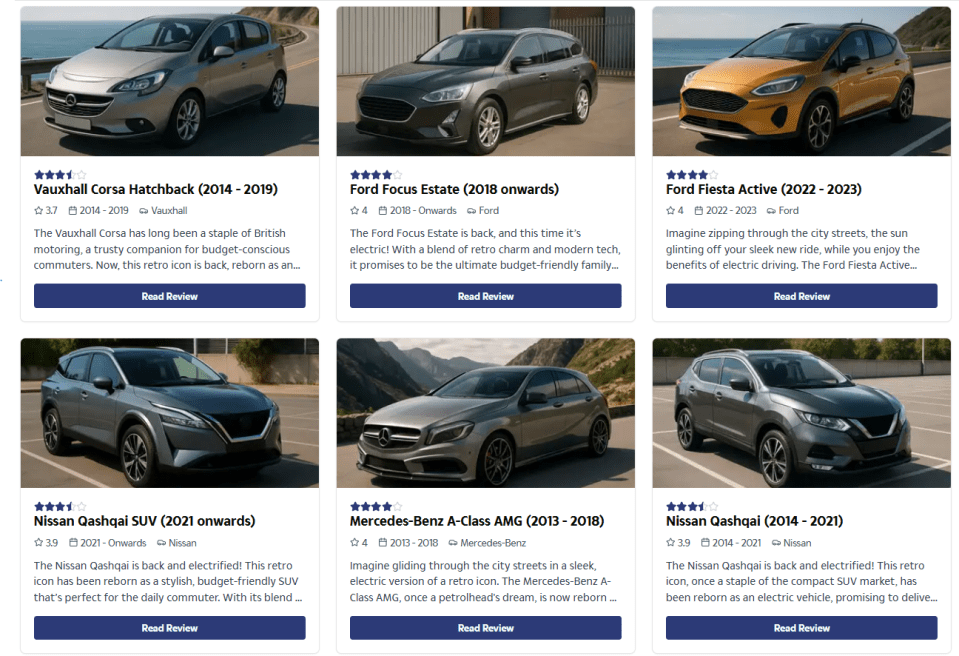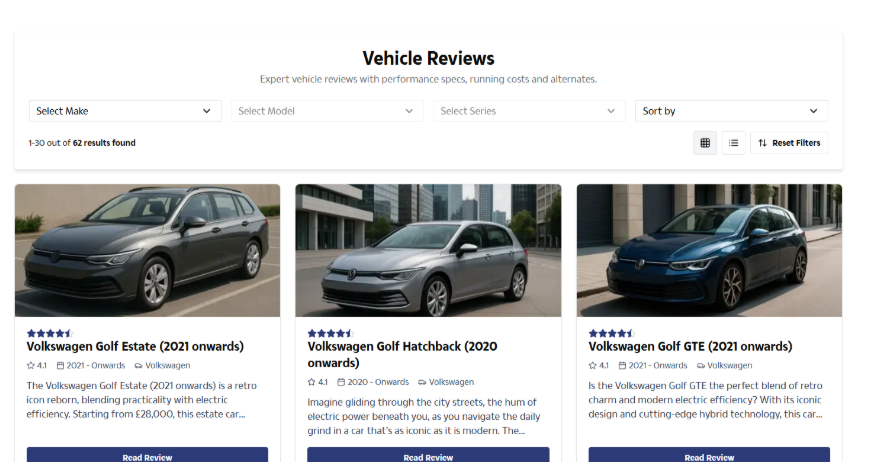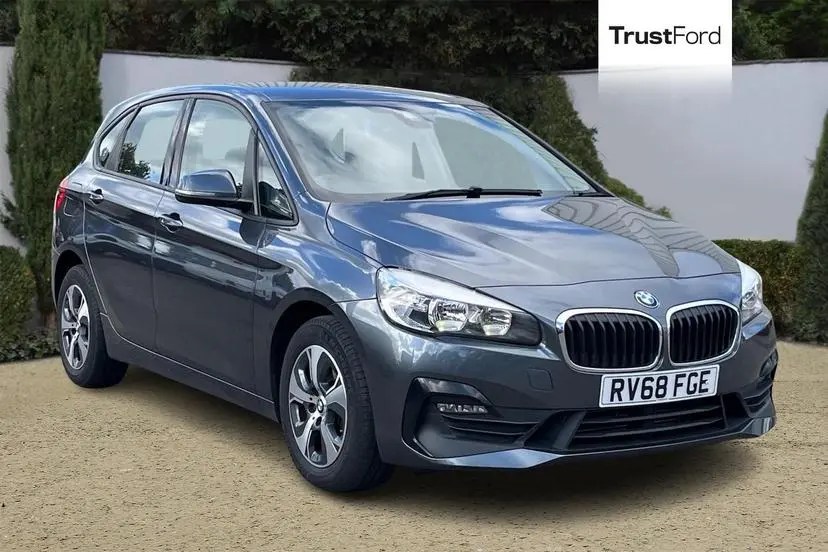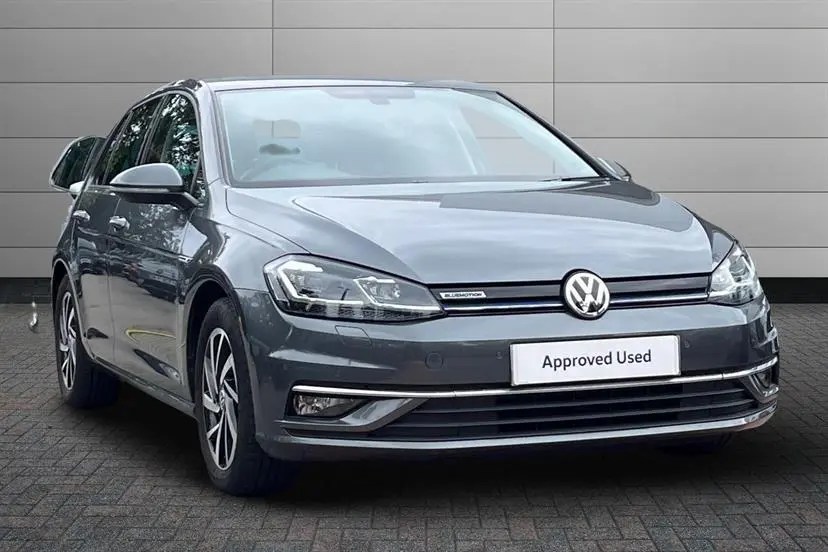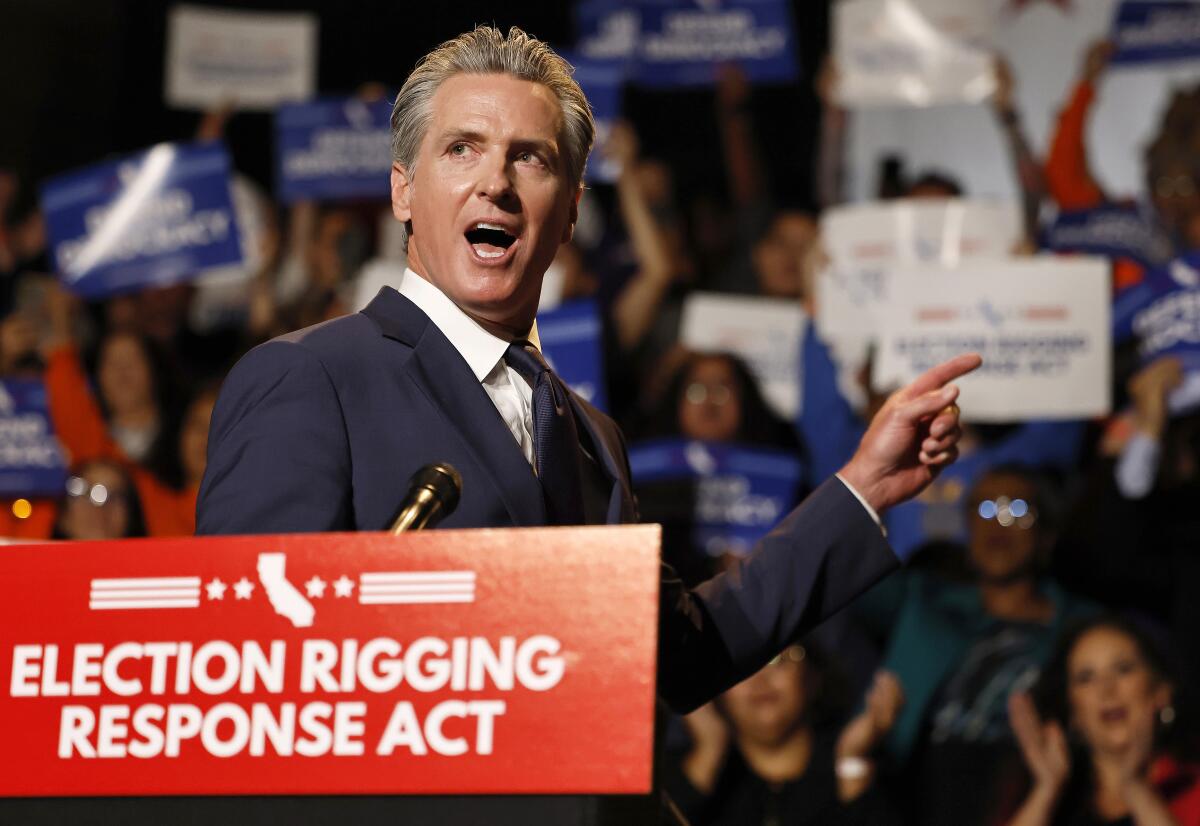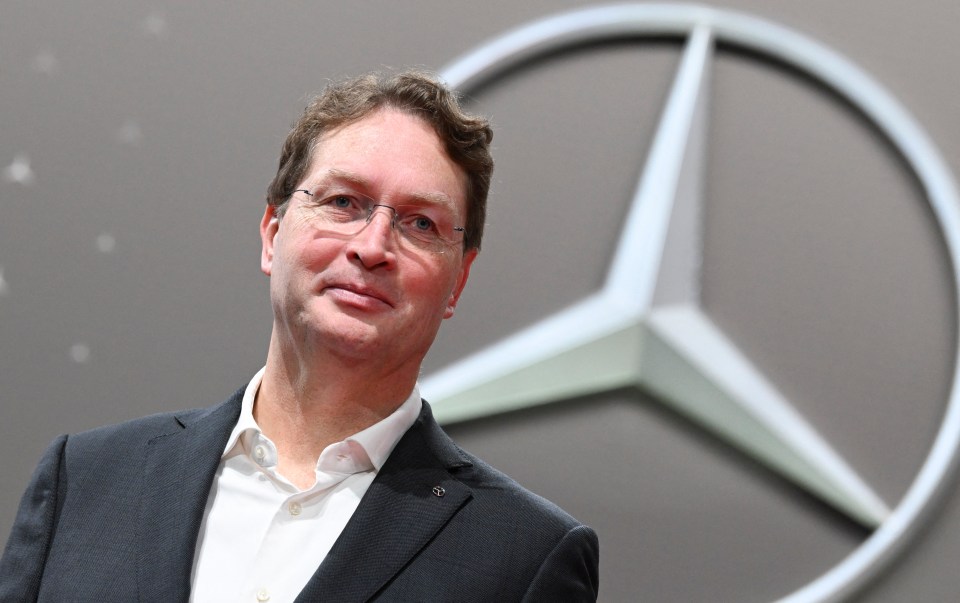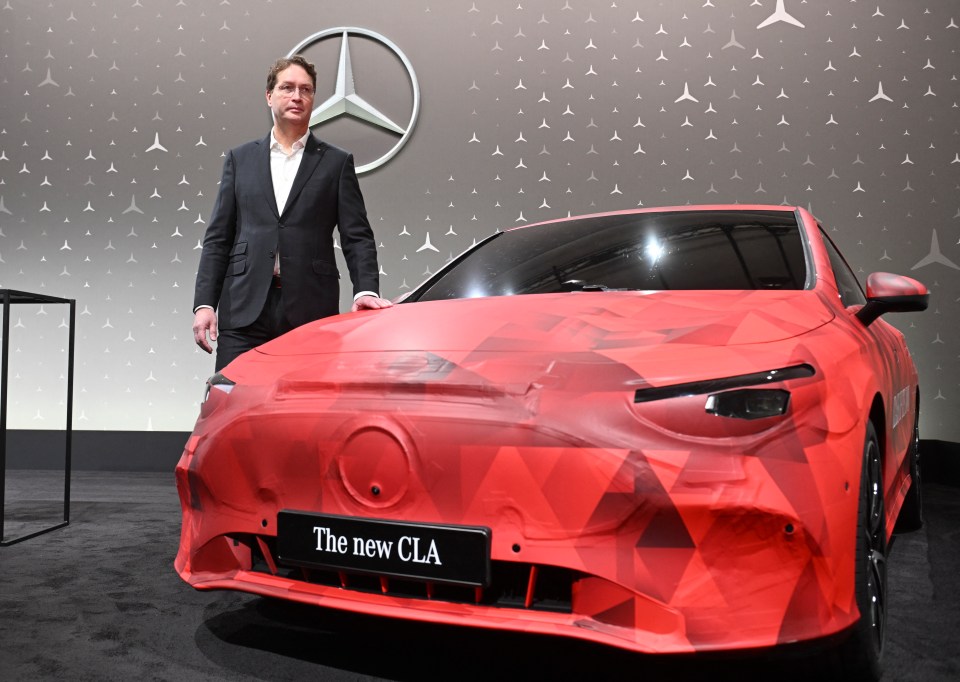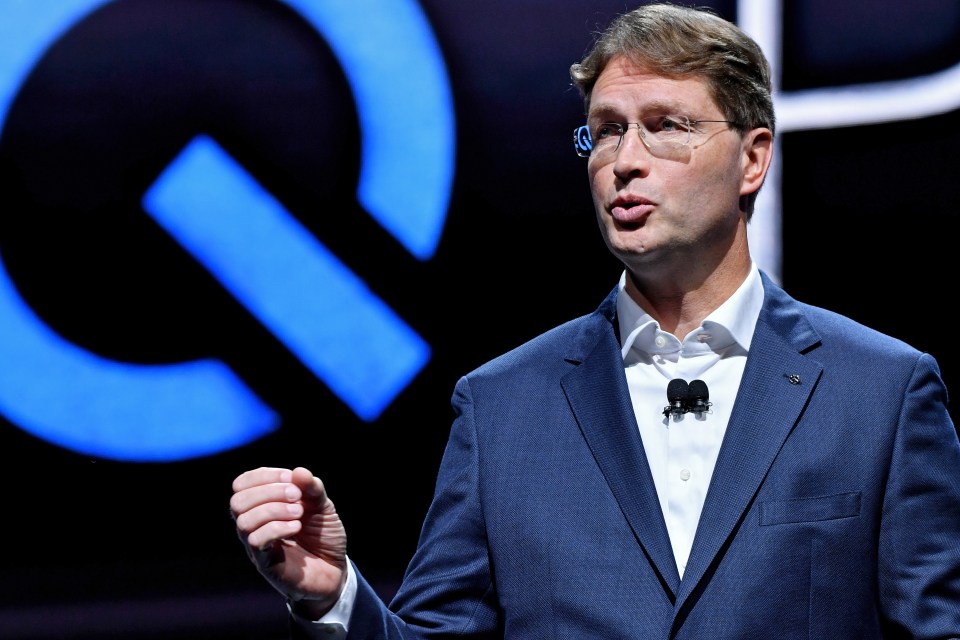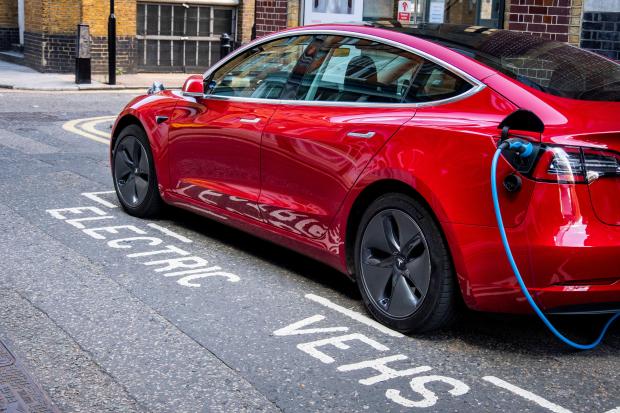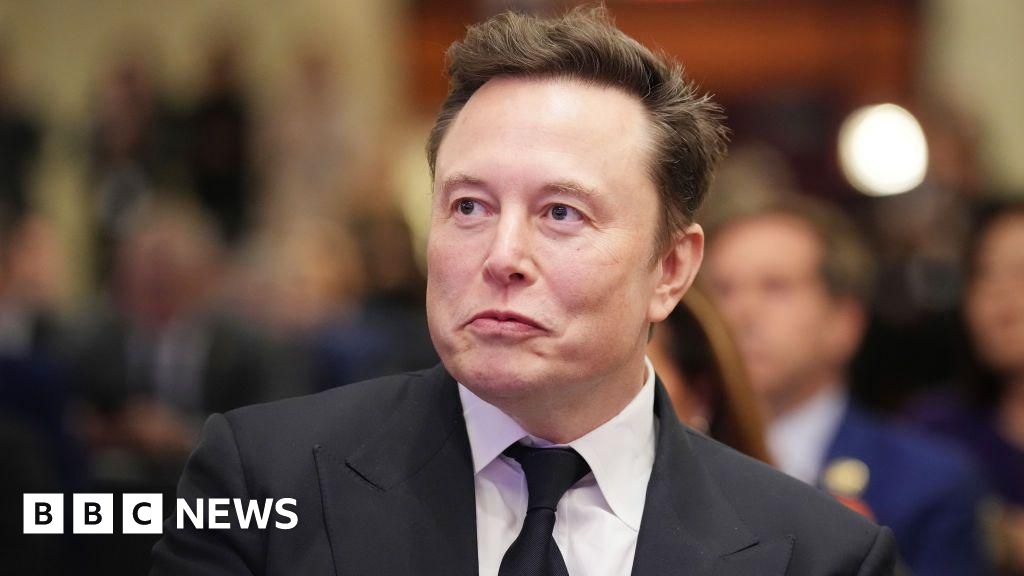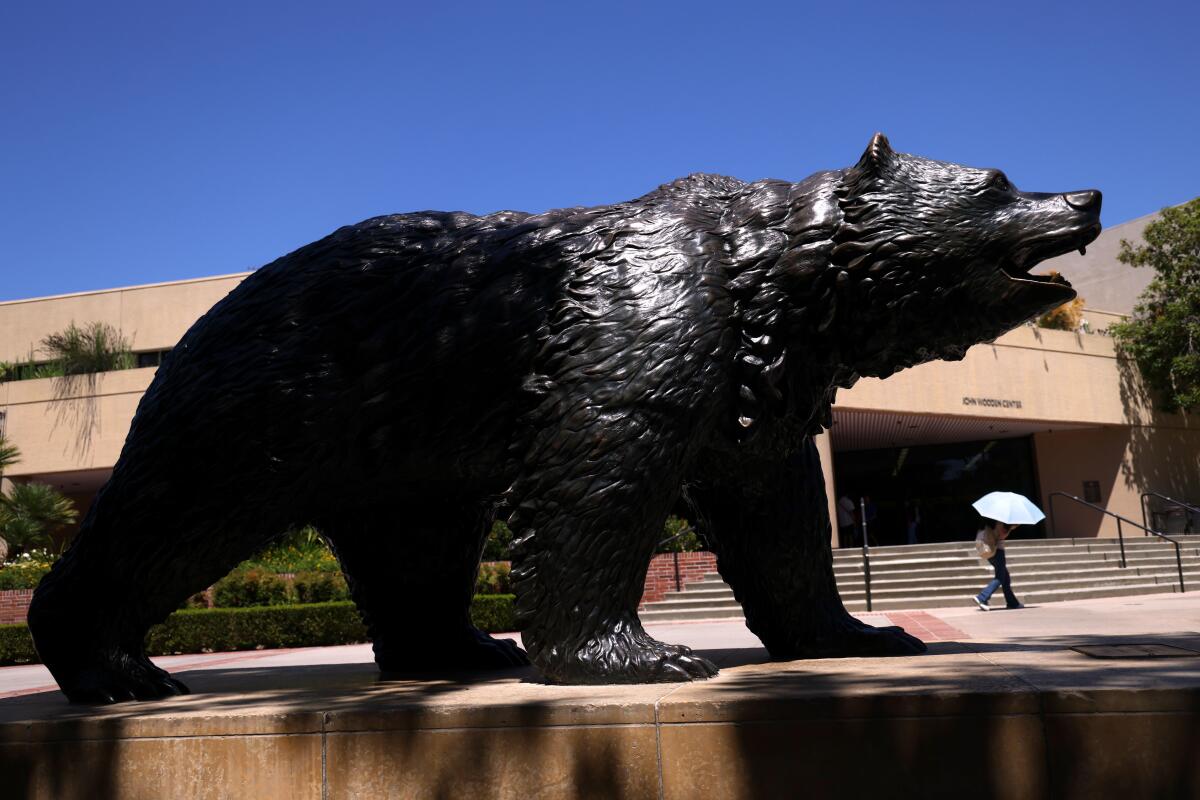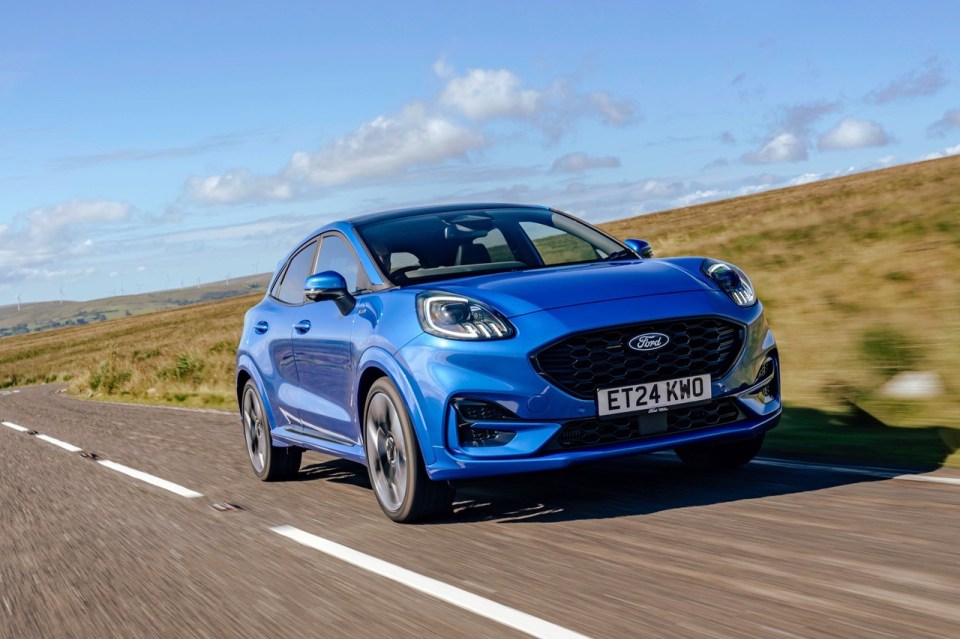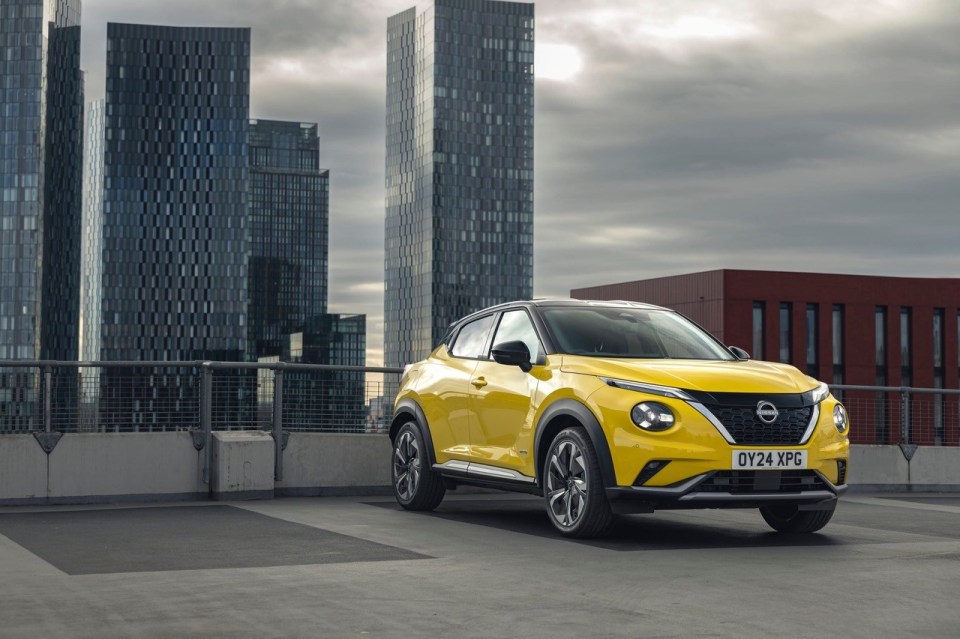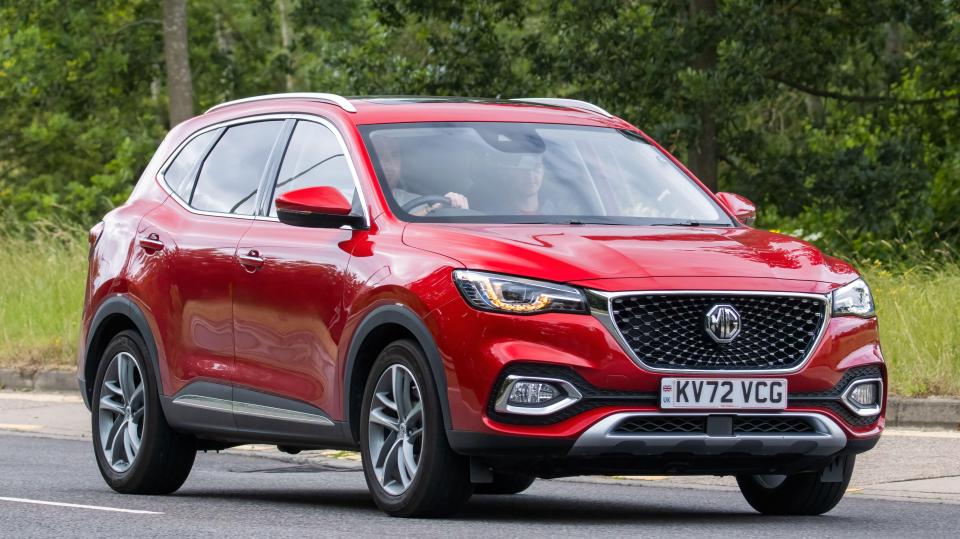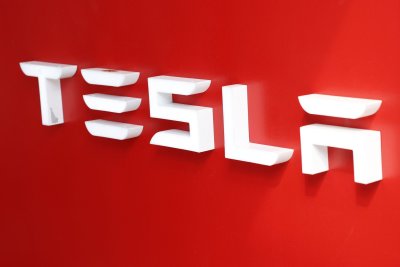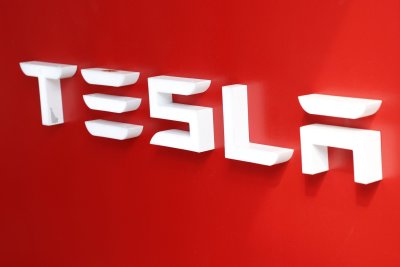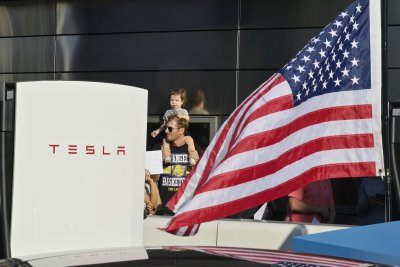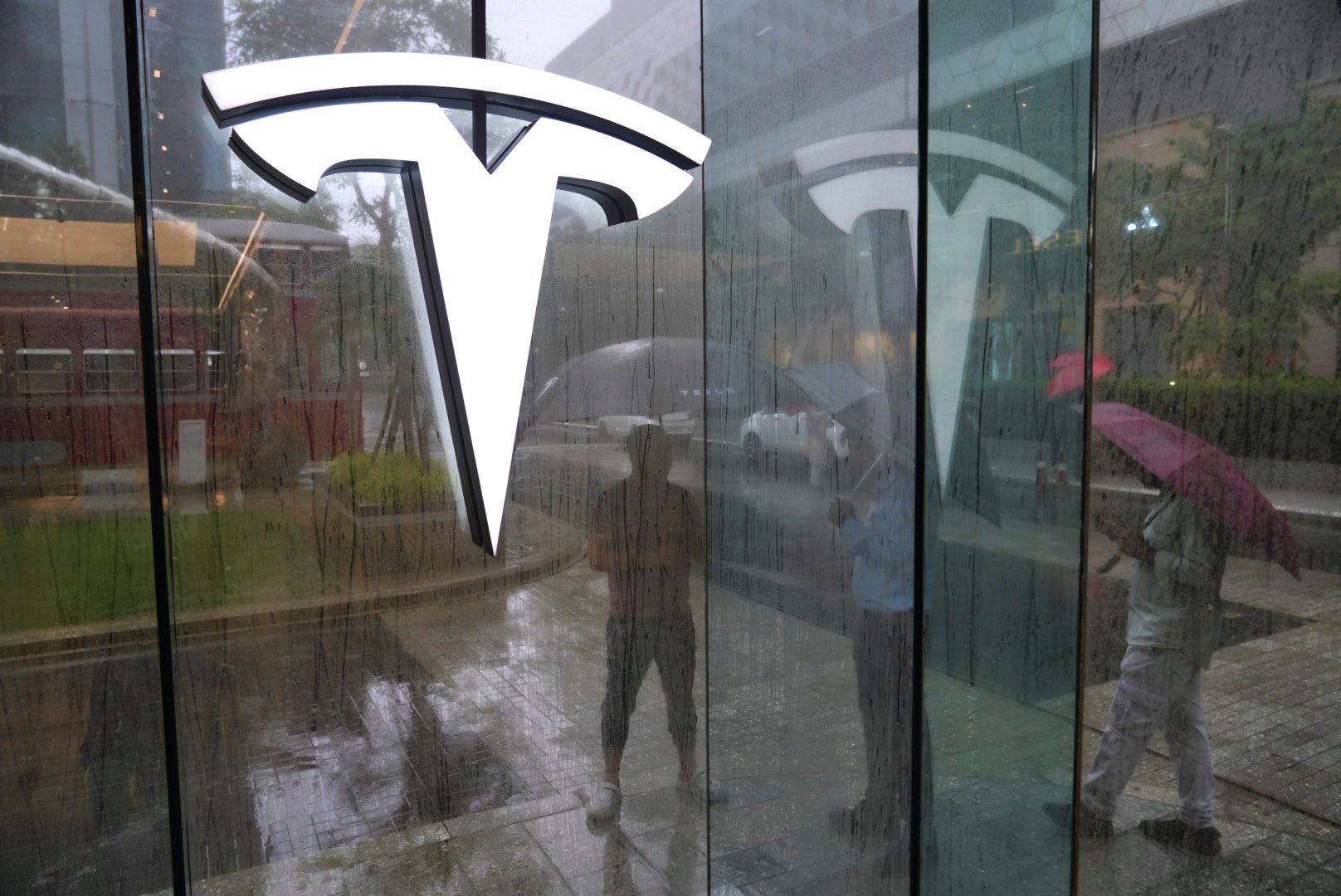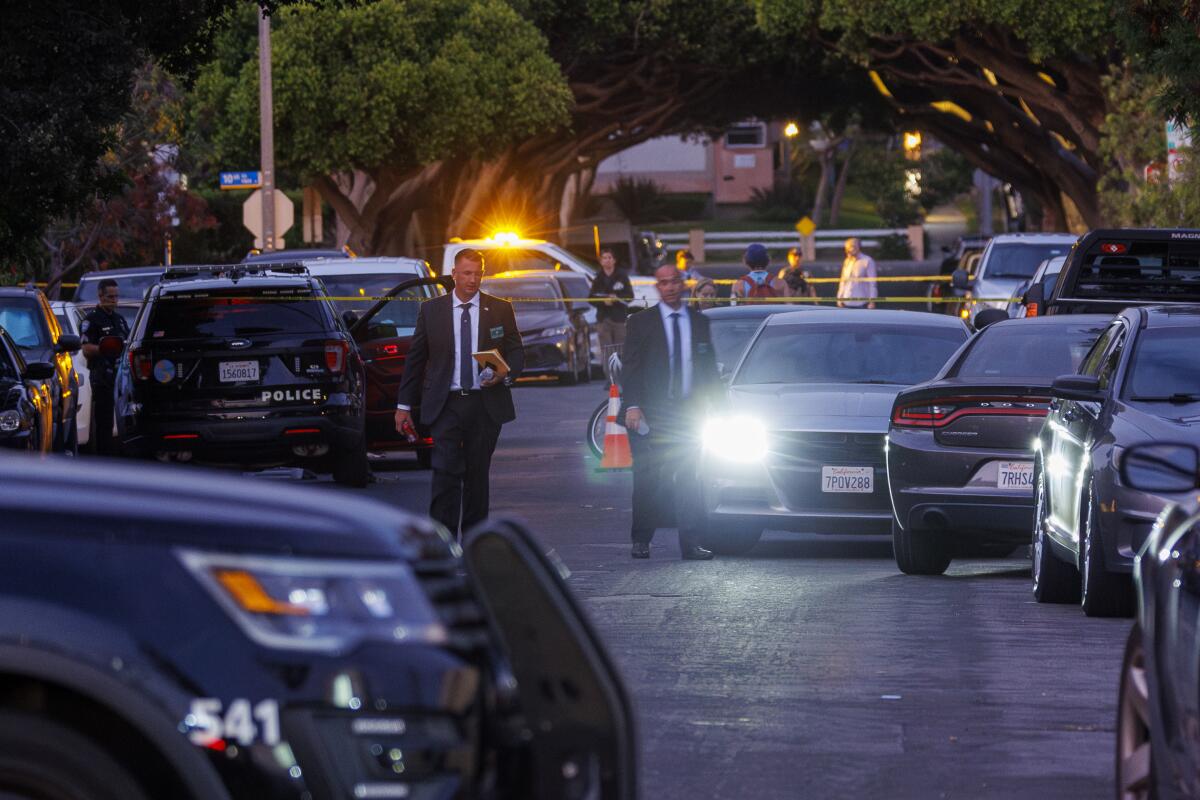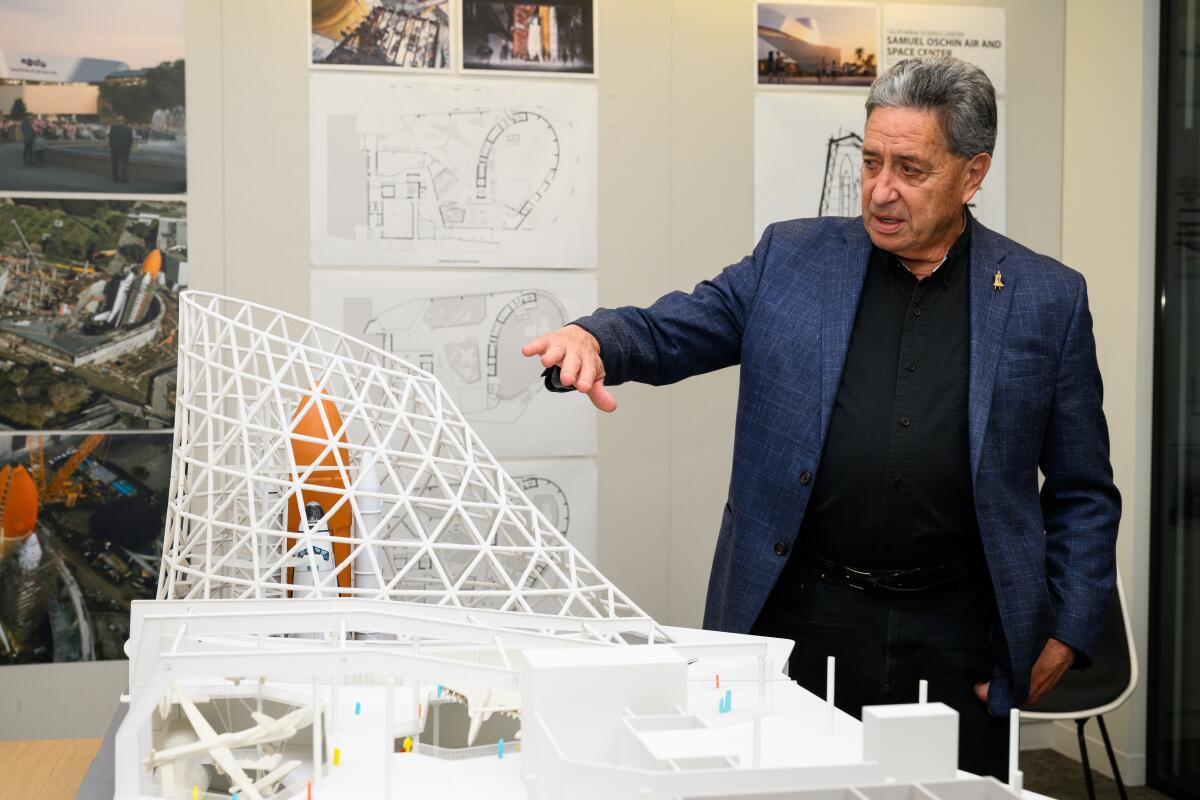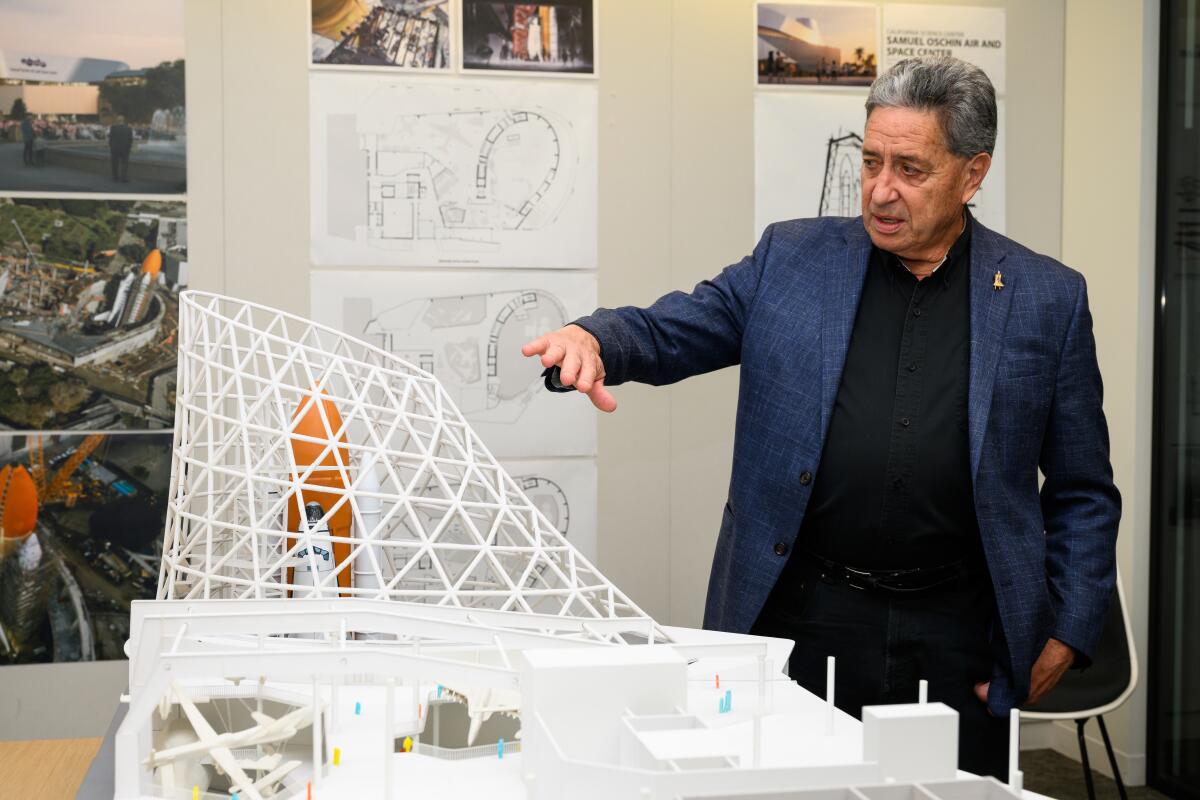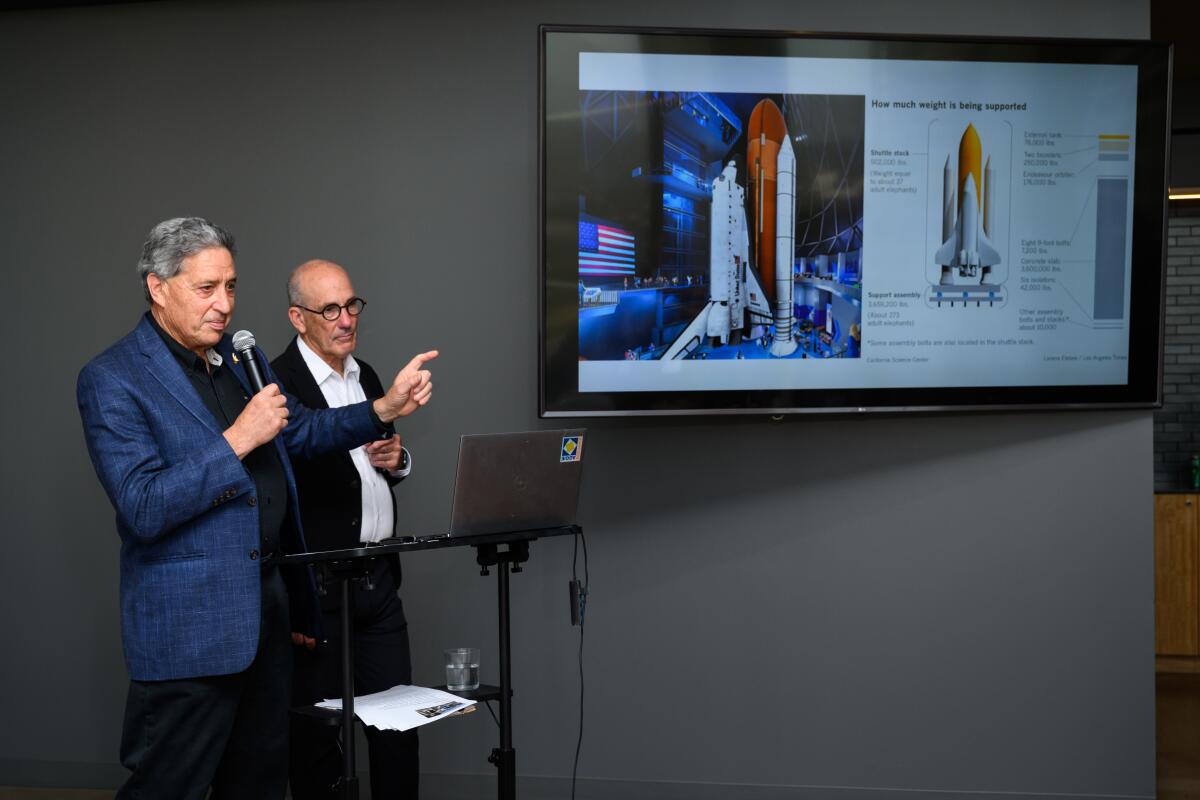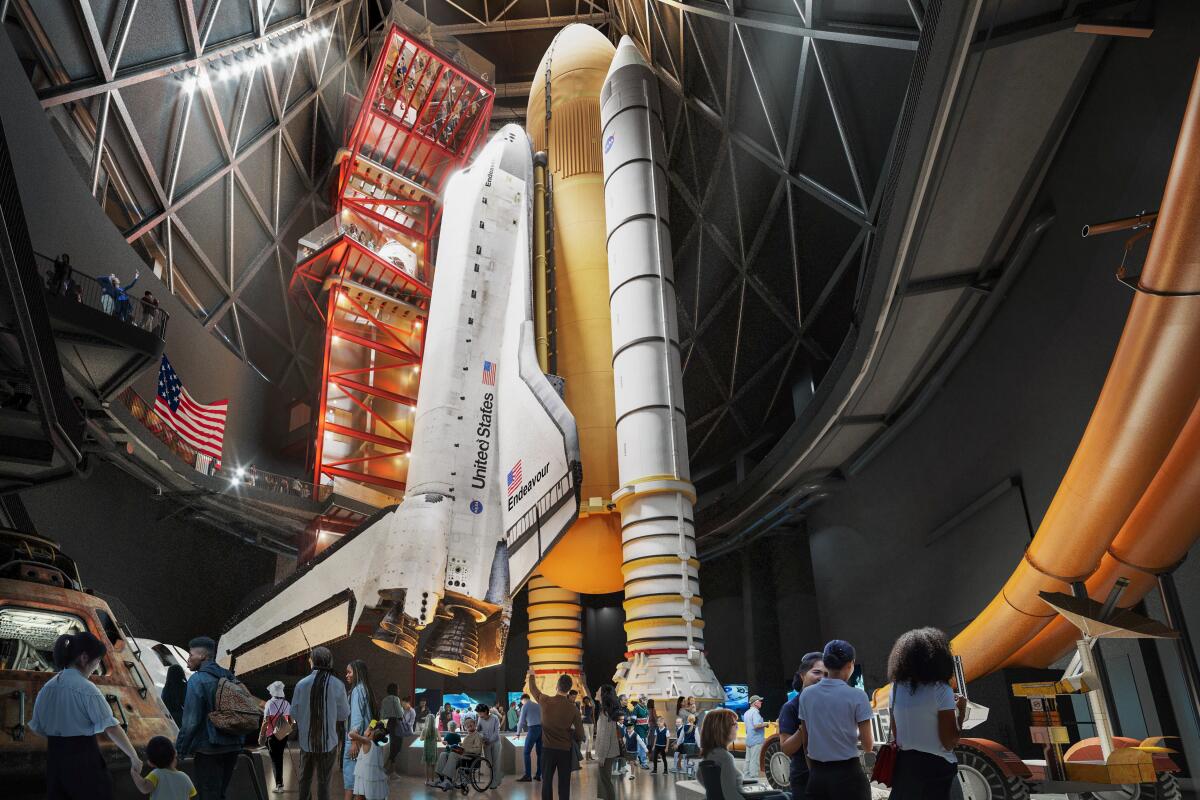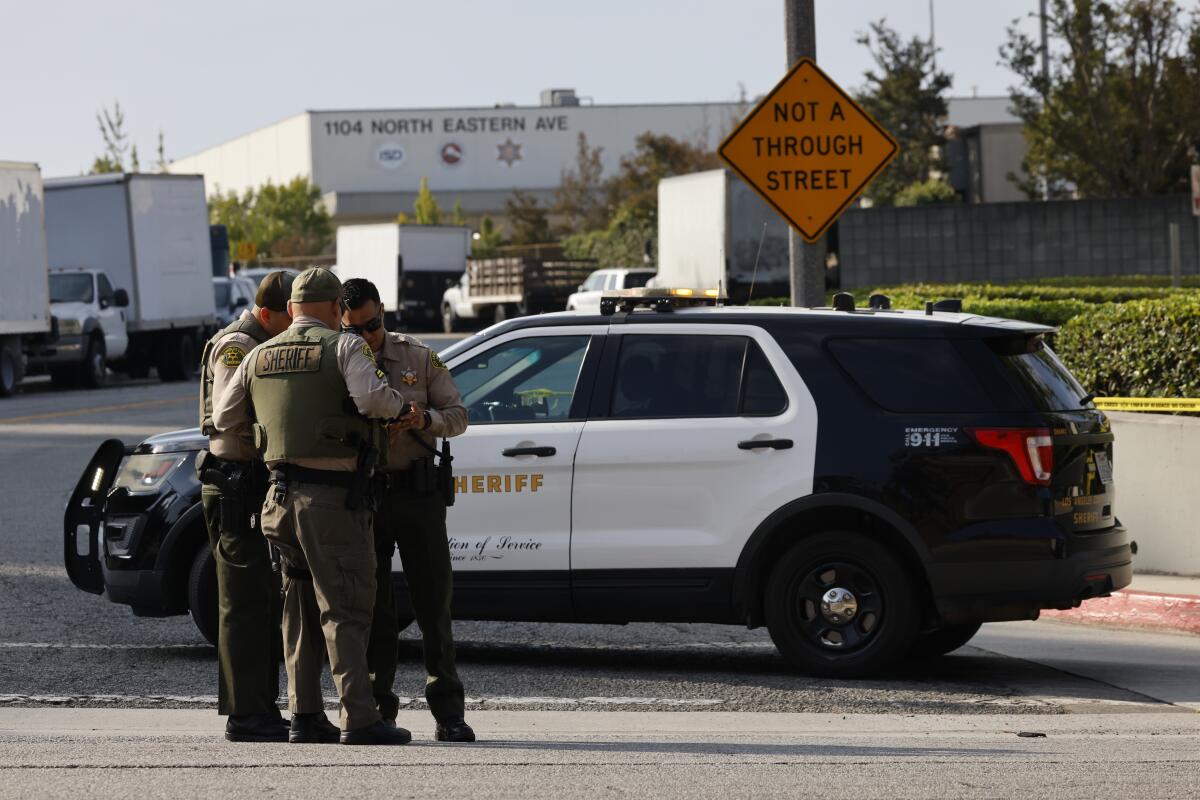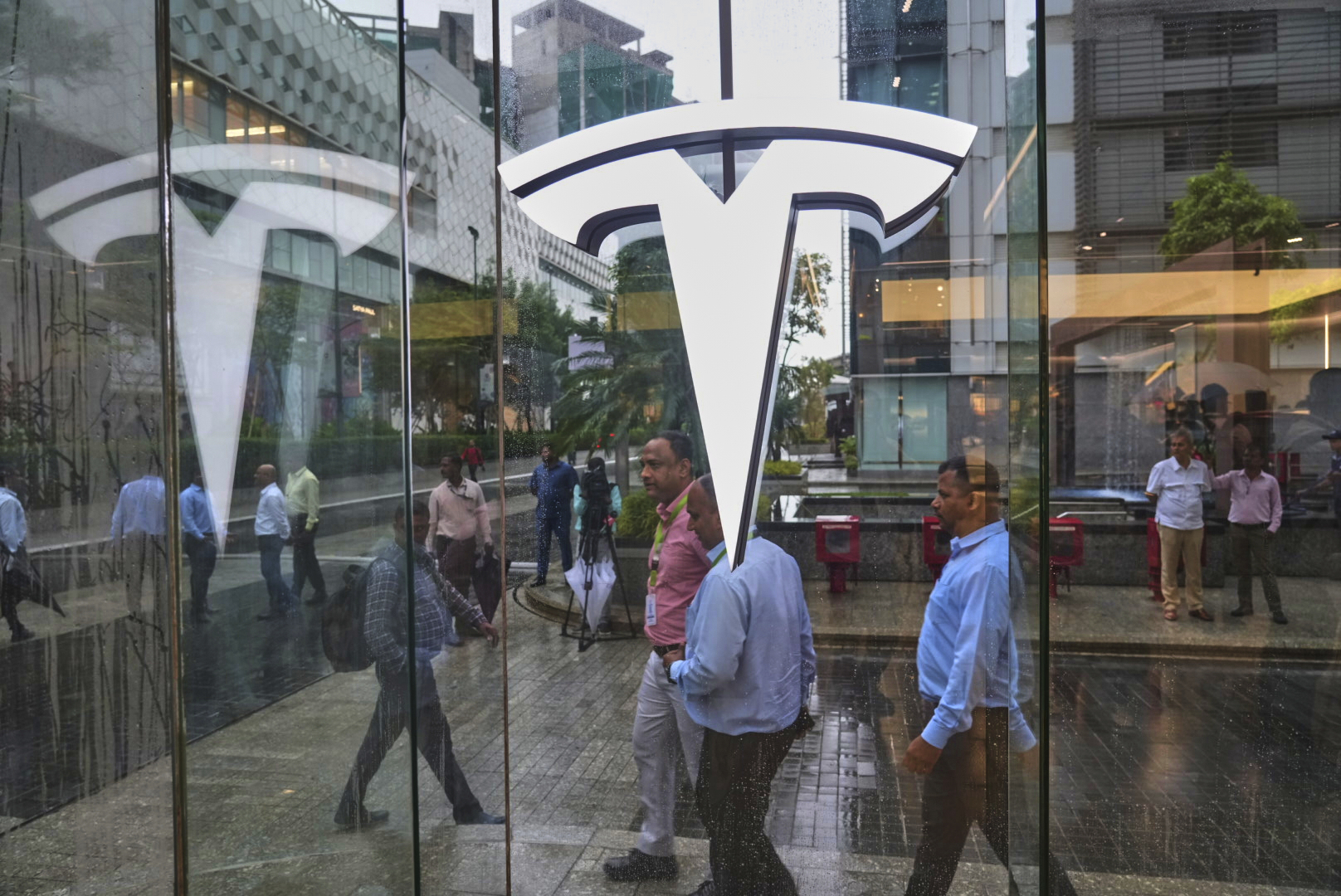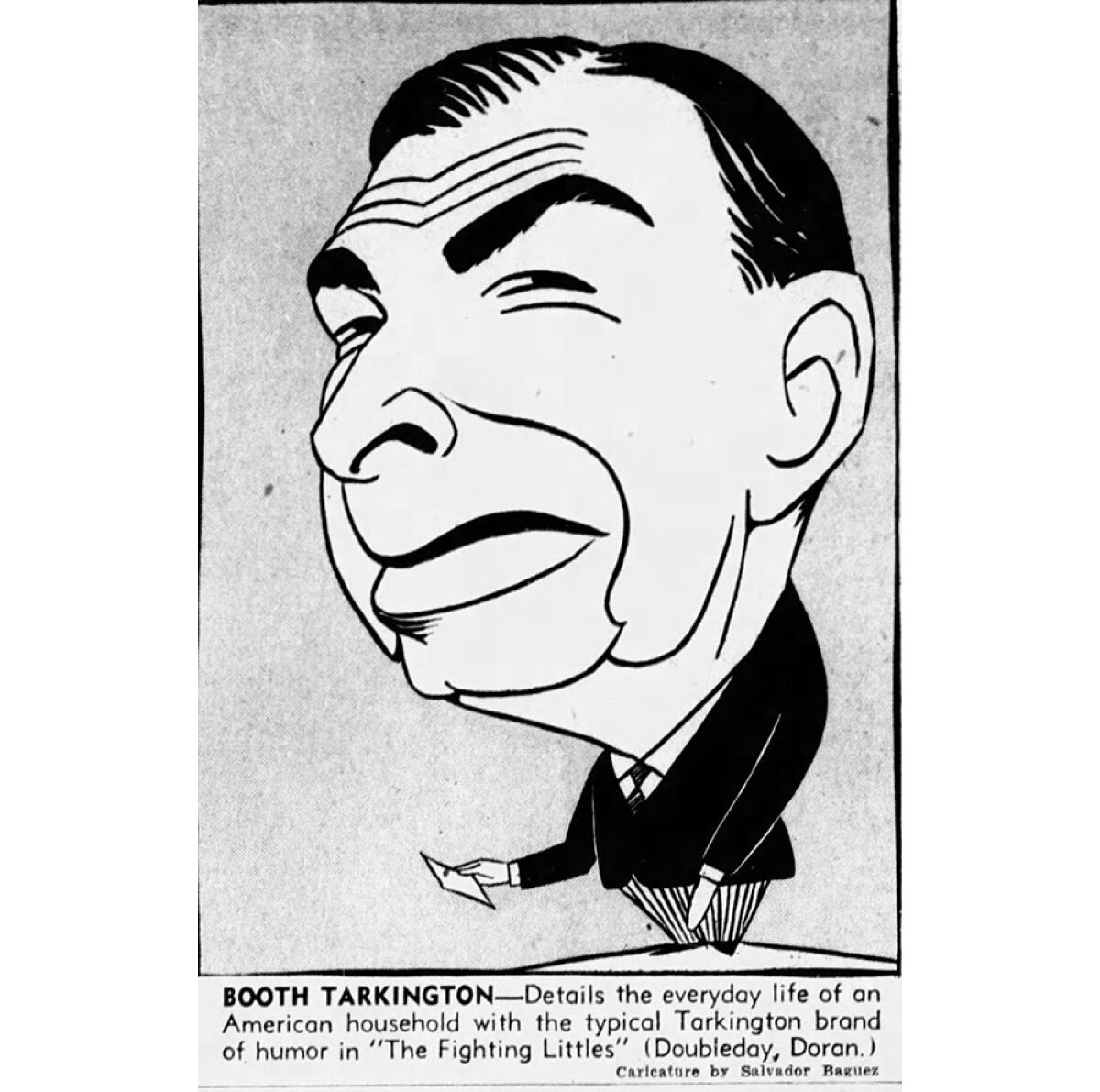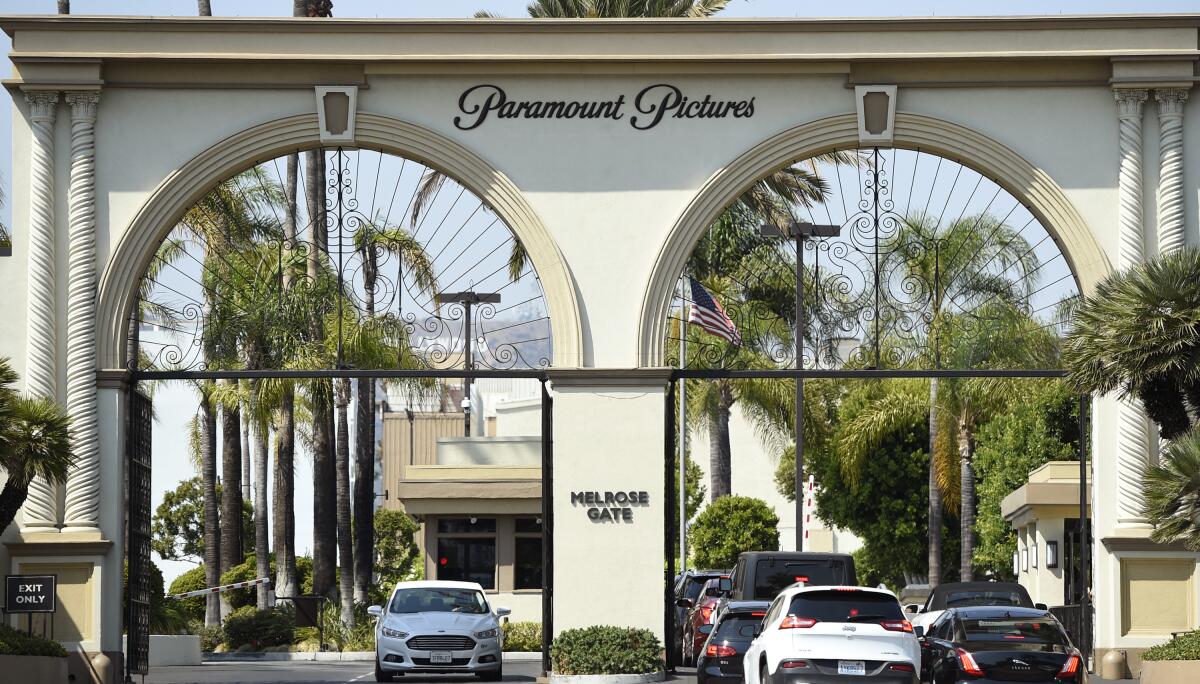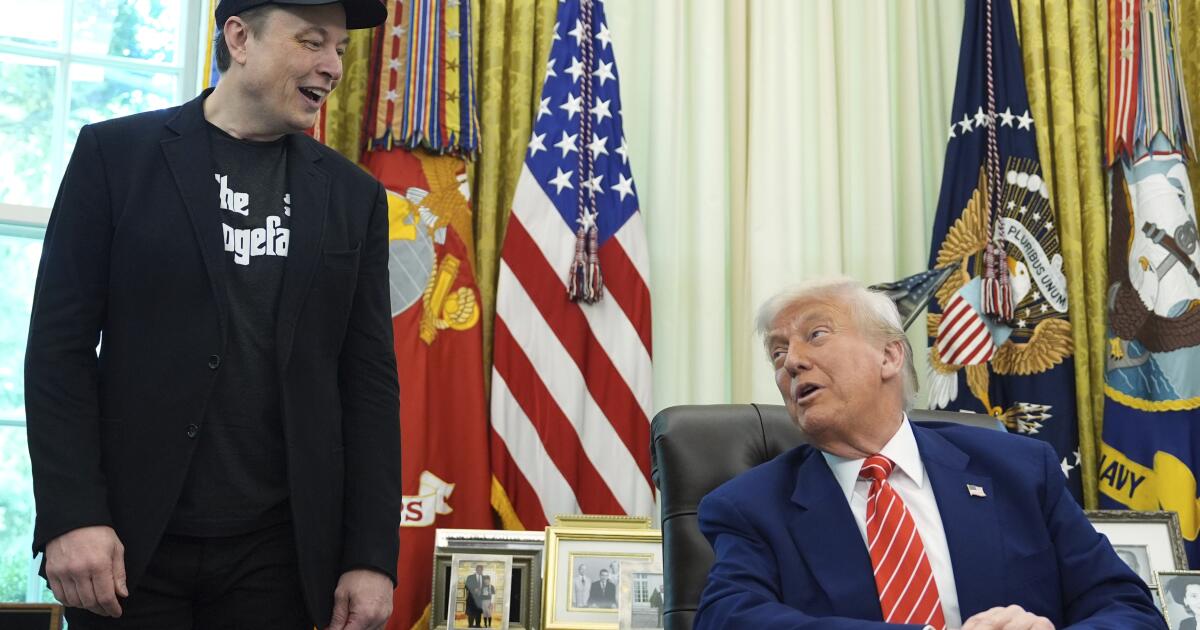‘The Martians’ review: David Baron examines a century-ago alien craze
Book Review
The Martians: The True Story of an Alien Craze That Captured Turn-of-the-Century America
By David Baron
Liverlight: 336 pages, $30
If you buy books linked on our site, The Times may earn a commission from Bookshop.org, whose fees support independent bookstores.
In the early 20th century it was widely thought that there was intelligent life on Mars, and that we actually knew something about the inhabitants. Fringe theorists and yellow journalists spread this view, but so did respected scientists and the New York Times. The U.S. and much of the rest of the world had Martians on the brain. The mania could be summed up by the philosophy of Fox Mulder, the paranormal investigator played by David Duchovny on “The X-Files”: “I want to believe.”
How this came to pass is the subject of “The Martians.” David Baron’s deeply researched and witty book explores what happened when “we, the people of Earth, fell hard for another planet and projected our fantasies, desires, and ambitions onto an alien world.” As Baron writes, “This romance blazed before it turned to embers, and it produced children, for we — the first humans who might actually sail to Mars — are its descendants.”
Well before there was Elon Musk, there was Percival Lowell. A disillusioned, admittedly misanthropic Boston Brahmin, Lowell came to see himself as a scientist with the soul of a poet, or a poet with scientific instincts. He was also filthy rich, and he poured much of his money into equipment and research that might help him prove there was life on Mars.

David Baron, a Colorado-based science writer, approaches his subject with clarity, style and narrative drive.
(Dana C. Meyer)
He was hardly alone. Other movers and shakers in the Martian movement included French astronomer and philosopher Camille Flammarion, who brought missionary zeal to the task of convincing the world of extraterrestrial life; and Giovanni Schiaparelli, the colorblind Italian astronomer who observed “an abundance of narrow streaks” on Mars “that appeared to connect the seas one to another.” He called these “canali,” which in Italian means “channels.” But in English the word was translated as “canals,” and it was quickly and widely assumed that these canals were strategically created by agriculturally-inclined Martians. Lowell, Flammarion and Schiaparelli collaborated and communicated with one another throughout their lives, in the interest of spreading the word of life on Mars.
Baron, a Colorado-based science writer, approaches his subject with clarity, style and narrative drive, focusing on the social currents and major figures of his story rather than scientific concepts that might go over the head of a lay reader (including this one). The Mars craze unfolded during a period defined by the theory of evolution, which expanded our conception of gradualism and inexorable progress, and tabloid journalism, which was quick to present enthusiastic postulation and speculation as fact, whether the subject was the Spanish-American War or life on other planets. Science fiction was also taking off, thanks largely to a prolific Englishman named H.G. Wells, whose widely serialized attack-of-the-Martians story “War of the Worlds” piqued the Western imagination. All of the above contributed to Mars fever.
One by one Baron introduces his protagonists, including Musk’s hero Nikola Tesla. An innovator in wireless communication and what would now be called remote control, Tesla won over the press and public with his enigmatic charm, which led his pronouncements to be taken seriously and literally by those who should have known better. “I have an instrument by which I can receive with precision any signal that might be made to this world from Mars,” he told a reporter. Tesla briefly had a powerful benefactor in Wall Street king J.P. Morgan, who funded Tesla’s wireless research before deciding the Mars obsession was a bit much and cutting him off.
Baron comes not to bury the Mars mania, but to examine the reasons why we choose to believe what we believe. Lowell, spurned in his romantic life and treated as a black sheep by his dynastic family, found in Mars a calling, a raison d’être. As Baron writes, “Mars gave his life purpose; it offered him the means to prove himself a success worthy of the Lowell pedigree.” The Mars believers were dreamers and misfits, all with something to prove (or, in the case of some publishers, papers to sell).
As Baron points out, the scientific method often fell by the wayside amid the hullabaloo. An acquaintance of Lowell’s bemoaned the habit Lowell had of “jumping at some general idea or theorem,” after which he “selects and bends facts to underprop that generalization.” Lowell himself once advised an assistant, “It is better never to admit that you have made a mistake.” Or later, as he sought photographic evidence of the Mars canals: “We must secure some canals to confound the skeptics” — which, today, carries eerie echoes of “Find me the votes.”
None of which should denigrate the dreams of space exploration. Nobody, after all, imagined we would actually walk on the moon. Carl Sagan, the great science popularizer and member of the Mariner 9 team that captured groundbreaking images of Mars in 1971, concluded that those canals were, as Baron puts it, “mere chimeras, an amalgam of misperceptions due to atmospheric distortion, the fallible human eye, and one man’s unconstrained imagination.” But that imagination, Sagan added, had value of its own: “Even if Lowell’s conclusions about Mars, including the existence of the fabled canals, turned out to be bankrupt, his depiction of the planet had at least this virtue: it aroused generations of eight-year-olds, myself among them, to consider the exploration of the planets as a real possibility, to wonder if we ourselves might go to Mars.”
L.A. Times contributor Vognar recently joined the staff of the Boston Globe.
